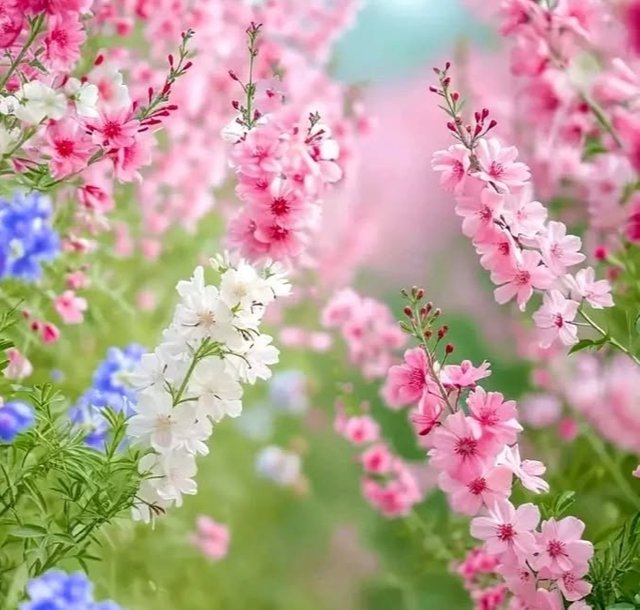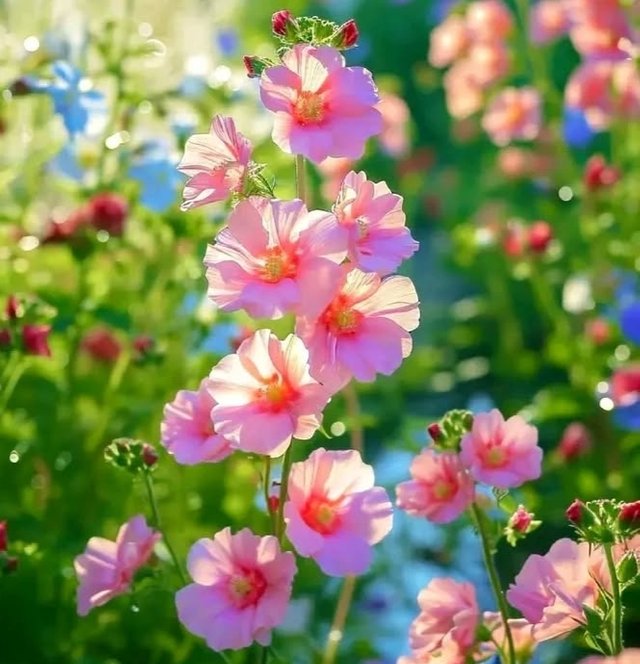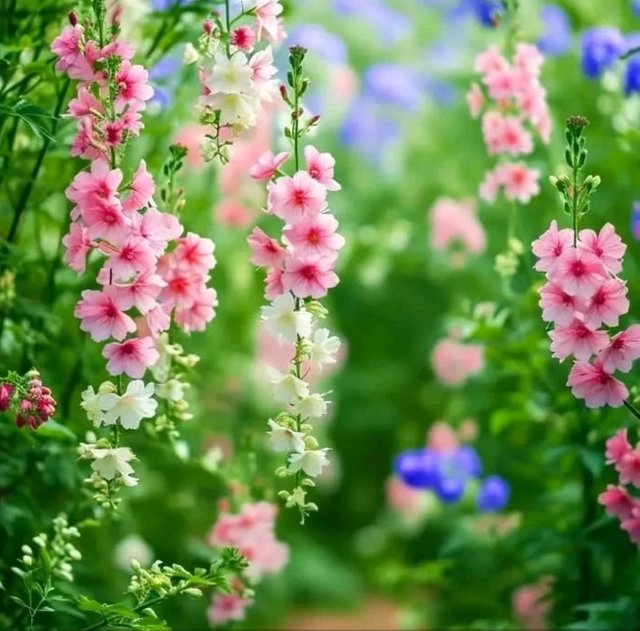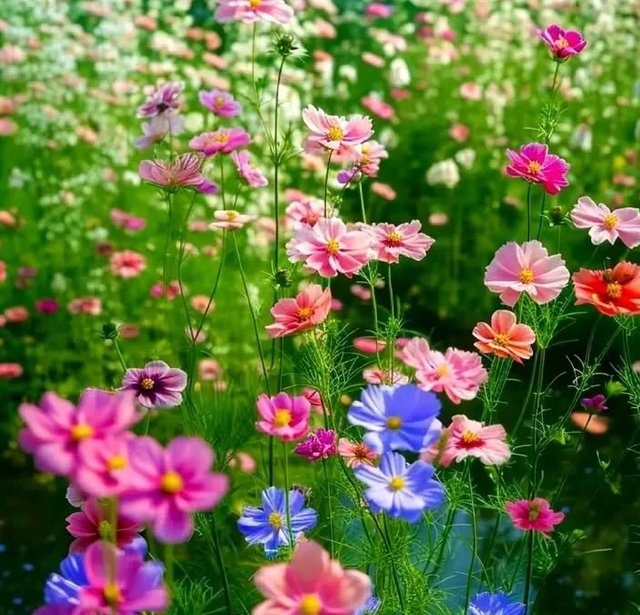Common Hibiscus: A Beautiful and Versatile Plant
The Common Hibiscus, also known as the China Rose or Tropical Hibiscus, is one of the most recognizable and beloved flowering plants in the world. With its large, vibrant blooms and lush green foliage, it is a favorite among gardeners and nature lovers alike. But beyond its ornamental appeal, hibiscus has a rich history, numerous practical uses, and significant cultural importance.
Origins and Distribution
Hibiscus is native to tropical and subtropical regions, particularly in Asia, Africa, and the Pacific Islands. Over time, it has spread worldwide, thriving in warm climates such as those in the Caribbean, South America, and the southern United States. It is often cultivated as a decorative plant in gardens, along fences, and in pots on patios or balconies.
Botanical Description
Scientific Name: Hibiscus rosa-sinensis
Family: Malvaceae
Type: Evergreen shrub or small tree
Height: 4–10 feet
Leaves: Dark green, glossy, and oval-shaped
Flowers: Large, trumpet-shaped, typically 4–6 inches in diameter, with five or more petals
Colors: Red, pink, yellow, orange, white, and even bi-colored varieties
Lifespan of Flowers: Each bloom lasts only a day, but the plant continuously produces flowers
Cultural and Symbolic Significance
Hibiscus holds deep meaning in many cultures:
In Hawaii, the hibiscus is the state flower and symbolizes beauty and hospitality. It is often worn behind the ear to indicate marital status—left side for taken, right side for single.
In China and India, hibiscus flowers are commonly used in religious offerings and Ayurvedic medicine.
In Malaysia, the hibiscus is the national flower, representing courage and unity.




Thanks For Reading
Device Information
| Device | Redmi Note 10 Pro |
|---|---|
| Lens | 64 mp |
| Location | Bangladesh |
